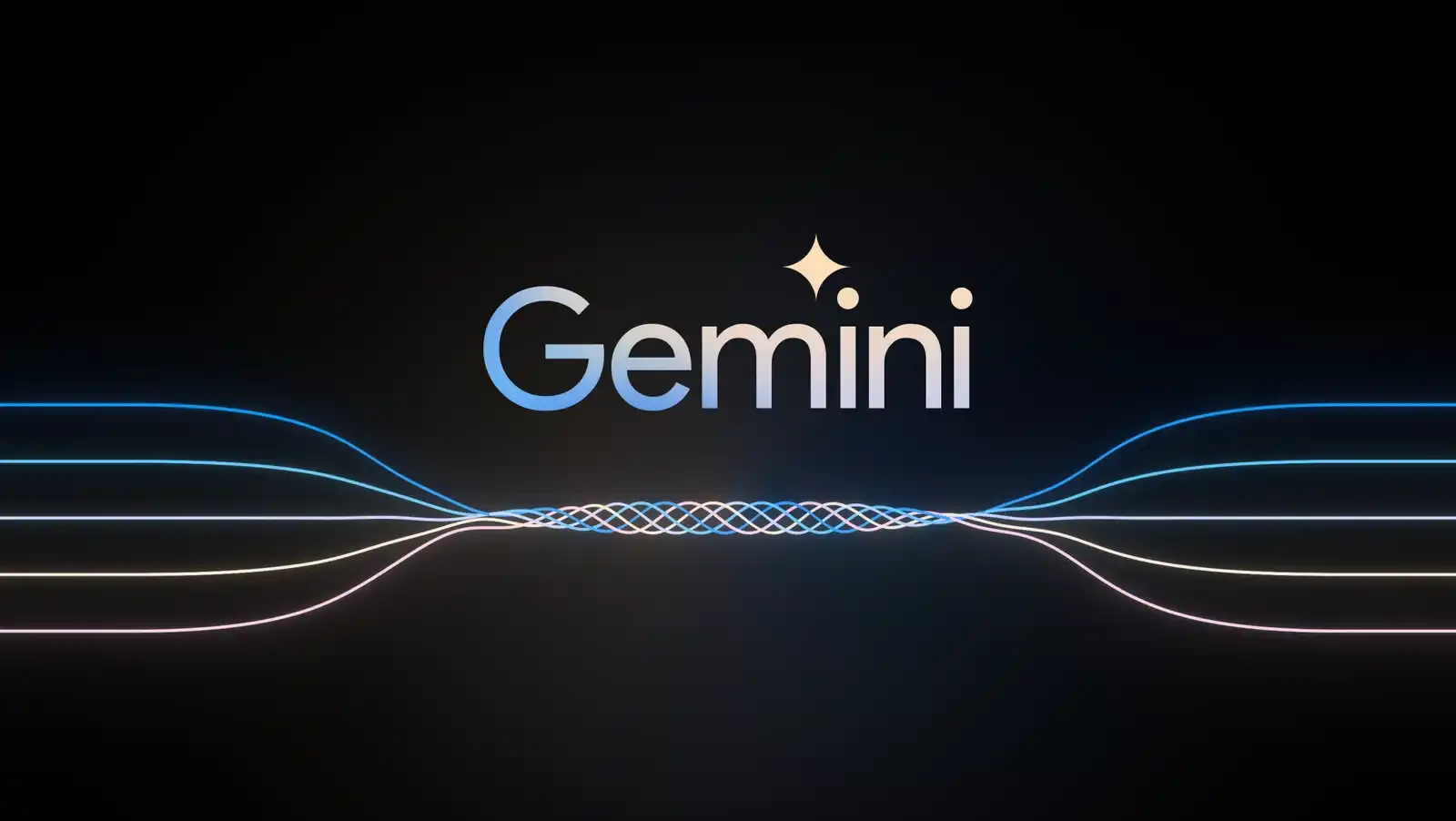Unleashing the Power of Google Gemini: A Deep Dive into the Multimodal AI Revolution
By - Blink AI Team / First Created on - January 23, 2024

In the ever-evolving landscape of artificial intelligence, Google has once again pushed the boundaries with its latest creation, Google Gemini. This groundbreaking AI model goes beyond the conventional understanding of text-based processing, extending its capabilities to encompass images, videos, and audio. In this detailed exploration, we unravel the intricacies of Google Gemini, from its inception and versions to its access points and differentiators in the crowded field of AI models.
Understanding Google Gemini: A Multimodal Marvel
At its core, Google Gemini represents a paradigm shift in AI capabilities. Developed to be a multimodal model, Gemini doesn't just comprehend and process text; it seamlessly integrates information from various sources, including code, audio, image, and video. This inherent flexibility allows Gemini to undertake complex tasks in diverse domains such as mathematics, physics, and high-quality code generation.
Dennis Hassabis, CEO and co-founder of Google DeepMind, highlights the collaborative effort behind Gemini's creation. "Gemini was built from the ground up to be multimodal," he explains. This foundational design choice empowers Gemini to generalize and operate across different types of information seamlessly.
The Genesis of Gemini: A Google and Alphabet Collaboration
Gemini is a product of extensive collaborative efforts within Google and Alphabet, Google's parent company. Notably, Google DeepMind, known for its advancements in AI research, played a significant role in the development of Gemini. Released as Google's most advanced AI model to date, Gemini marks a significant leap in the capabilities of artificial intelligence.
The Three Faces of Gemini: Nano, Pro, and Ultra
To cater to diverse application scenarios, Google has introduced Gemini in three distinct sizes: Nano, Pro, and Ultra.
Gemini Nano: Tailored for on-device efficiency, this model size is designed to run on smartphones, particularly the Google Pixel 8. It excels at performing AI tasks without relying on external servers, making it ideal for applications like suggesting replies within chat applications or summarizing text.
Gemini Pro: Operating from Google's data centers, Gemini Pro powers the latest iteration of Google's AI chatbot, Bard. With the capability to deliver fast response times and comprehend complex queries, Gemini Pro showcases the prowess of this AI model on a larger scale.
Gemini Ultra: Positioned as the most capable model, Gemini Ultra surpasses current benchmarks in large language model research and development. While still in testing, Gemini Ultra is designed for highly complex tasks and is expected to be released after completing its current phase of evaluation.
Accessing the Power of Gemini: From Pixels to the Cloud
Gemini is gradually finding its way into various Google products. Currently available on the Google Pixel 8 phone and integrated with the Bard chatbot, Gemini is set to become a fundamental component of Google's ecosystem. The plan is to extend its integration into services like Search, Ads, Chrome, and more, offering users a seamless and enhanced AI experience.
For developers and enterprise users, access to Gemini Pro is facilitated through the Gemini API in Google's AI Studio and Google Cloud Vertex AI. Android developers, on the other hand, can leverage Gemini Nano via AICore, available on an early preview basis.
Gemini vs. Other AI Models: A Multimodal Revolution
A notable aspect that sets Google Gemini apart from other AI models, such as GPT-4, is its native multimodal characteristic. While many models require plugins and integrations to achieve multimodal capabilities, Gemini is designed from the ground up to seamlessly understand and operate across different types of information. This distinction positions Gemini as a frontrunner in the evolution of AI models, offering a more integrated and versatile approach.
In conclusion, Google Gemini emerges as a game-changer in the realm of artificial intelligence. Its multimodal capabilities, collaborative development, and scalable versions make it a versatile tool with the potential to reshape how we interact with AI. As Gemini continues to evolve and integrate into various services, it stands as a testament to Google's commitment to advancing the frontiers of artificial intelligence.